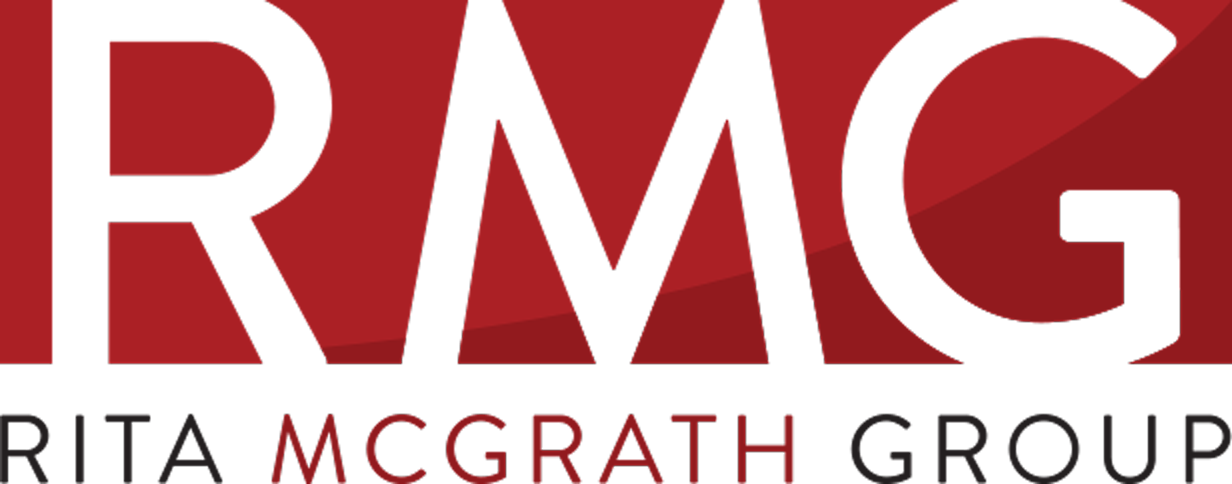
Generation Z – born between 1997 and 2012 – are preparing for college, entering the workforce, and are at the beginning of their professional and educational careers. Throw in a global pandemic, geopolitical instability, and a recession and it’s no wonder Gen Z is struggling to find their footing.

Recession anxiety on the rise
I’m not the first to report this, but concerns of recession are becoming more real by the day and Gen Z faces unprecedented financial pressures that amplify recession fear. Economic growth contracted at a rate of 0.3% in the first quarter of 2025, while consumer spending declined by nearly $30 billion in May, nearly $30 billion less in May than in April, creating tangible economic uncertainty. J.P. Morgan now sees a 40% probability that the U.S./global economy will enter a recession by the end of 2025, down from earlier 60% estimates but there is still a significant risk.
Gen Z’s unique financial situation makes a recession all the more concerning. According to a Talker poll, Gen Z carries the highest average personal debt, at $94,101—far above millennials ($59,181) and Gen X ($53,255). Student debt is a major factor: Over a third (36%) of older Gen Zers had student debt as of June 2022, compared to 31% of millennials at the same age. Housing costs add another layer of pressure, with the average proportion of a person’s income that goes to rent increasing from 25% in 2000 to 40% now.
Both Gen Zers and younger millennials were hit by a nasty one-two punch — the Covid-19 pandemic and then the worst inflation in decades — at critical points in their financial journeys. As a result, almost half of those aged 18-29 currently live with their parents, marking the highest level observed since the Great Depression era.
For Gen Z specifically, this economic anxiety is amplified by their unique position in the workforce. The unemployment rate for 20-to-24-year-olds was 8.3%, more than double overall U.S. joblessness. They’re experiencing what economists call a “low hiring, low firing” economy – while layoffs aren’t unusually high, new hiring has slowed dramatically, making it particularly difficult for young people trying to enter or advance in their careers.
Policy uncertainty is also weighing heavily on sentiment about a looming recession. The administration’s purportedly desired policies would impose, each in their own way, a significant contraction on different sectors of the economy, with concerns about tariff impacts and government spending cuts creating additional market volatility. And the recent passage of Trump’s “Big Beautiful Bill” will largely benefit the already wealthy while cutting benefits, such as food assistance, to those without means.
Getting the job is not keeping the job
The layoff anxiety among Gen Z reflects both real workplace dynamics and generational differences in job security expectations. Six in 10 employers say they have already sacked some of the Gen Z workers they hired fresh out of college in recent months, with employers citing lack of motivation or initiative, being unprofessional, unorganized, and having poor communication skills as primary reasons. However, this higher termination rate appears linked to broader structural issues.
Around six in ten companies included in the survey reported firing a recent university graduate they hired this year, suggesting systematic challenges in onboarding and workplace integration rather than purely individual performance issues. Entry-level employee optimism reached a record low in March, reflecting how this generation is experiencing both actual job insecurity and psychological pressure from economic uncertainty. Further, what I call a “tour of duty” job environment means that neither companies nor their employees have much expectation of loyalty and those people with short tenures and limited skills (hello, Gen Z) are most likely to face the consequences.
When it comes to mass layoffs, technology continues to be the most affected sector. The data supports these concerns: In 2024, there were 150,000 job layoffs across 549 tech companies, and between January and April 2025 alone, more than 105,000 tech workers were laid off.
Major companies like Siemens slashed 5,600 positions in March and Hewlett Packard Enterprise (HPE) laid off 2,500 of its employees in the same month. Microsoft just had its largest layoff since 2023, cutting over 15,000 people in several waves. Younger workers are disproportionately represented in the most vulnerable sectors. The technology industry, which has seen the most significant layoffs, traditionally employs a high percentage of younger workers, particularly in entry-level and mid-level positions.
Yes, Gen Z is expected to account for more than a quarter of the U.S. workforce by the end of 2025, but they’re concentrated in sectors experiencing the most volatility. Additionally, nearly 4 in 5 U.S. job seekers (79%) reported feeling anxious about the current job market, with Generation Z facing unprecedented frustration in their job search.
Gen Z’s spending slowdown
Gen Z is spending considerably less than previous generations. As Gen Z enters the workforce and steps out of their parents’ homes, many are hitting a wall of economic reality – hard. This generation, raised on subsidized services, cheap direct-to-consumer (DTC) convenience, and life’s little luxuries (don’t even get me started on the family cell phone plan), is suddenly facing sticker shock – and it’s reshaping their spending, fast. This is going to deeply affect a number of sectors – retail, tech and more. Venture capital has dried up, pulling the plug on the subsidies that kept Uber rides, mattress deliveries, and gourmet meal kits artificially affordable. The DTC boom has collapsed, crushed by rising ad costs and shipping inflation. And the job market for younger workers is softening, leaving many struggling with uncertain income, rising debt, and record-high rent.
Arenas, not industries
Firms looking to appeal to Gen Z in this economic climate need to think in terms of arenas, not industries. In conventional strategy analysis, industry is destiny. If you’re Whirlpool, you duke it out with other companies making washing machines. If you’re Ford, the enemy is General Motors, and so on. Well, the recent plight of Gen Z who have now discovered that life after mom and dad is expensive is illustrating just how misleading this way of thinking can be. With tight budgets, hefty student loans and massive uncertainty about getting and keeping a job, young American’s shopping spree is over, as the Wall Street Journal bemusedly intoned. The result? They are weighing very carefully what to spend their precious resources on – with the result that at-home pizza parties are competing with eyebrow tinting, fancy cocktails are competing with used dresses and coffee shops are competing with retailers that let young people linger for free. So much for your industry – you have to start paying attention to what else is capturing the customer’s share of wallet.
Consider weddings, a key aspect of social life for much of Gen Z. Attending a wedding is an enormous financial burden – it’s a new outfit, a hotel stay, airfare and gas money, a gift – and forget it if you’re in the wedding party. Think beyond industries. Here, any financial goals (saving for a down payment or a security deposit) for Gen Z are in direct competition with the financial burden of attending weddings.
Higher education and the value of a college degree
In another pull-the-rug-out-from-under-us moment for Gen Z, many were told not to get into “creative” jobs that require soft skills, but instead to go for sure bets, like coding and engineering. Well, guess what? In the age of AI, writing code can increasingly be delegated to the machines. What can’t is … wait for it … soft skills! In fact, there is some evidence that suggests while STEM (science, technology, engineering and math) degrees do indeed get people into jobs, after about 10 years, the advantage of STEM training erodes and the human side of things, represented by the liberal arts, starts to be more desirable.
With over 4 million Gen Z-ers not working or in school, there are growing questions about whether college degrees are actually preparing students with the right skills for real-world jobs. It’s not that universities are deliberately misleading students, but their incentive systems often aren’t aligned with students’ career outcomes. Instead of expecting everyone to have a desk job, universities could start investing in clear, supported career pathways.
Many university course offerings are unaligned with what their students would like to pursue. We see this keenly in the STEM fields. Consider Stanford. At one point, the university was grappling with a major imbalance – something like 65% of its course offerings were in the liberal arts, while 35% were in so-called STEM fields (science, technology, engineering and math). Yet student demand was almost the polar opposite – leading the university to do some tricky rebalancing over the years.
There is strong evidence that while STEM graduates tend to do well in their first few jobs, that over time the liberal arts types catch up and then surpass them. Why? The skills many employers demand are things like critical thinking, influence, problem-solving and the like. The dilemma for STEM students is that unless they are super diligent about staying up to date, rapid changes in technologies can render them obsolete, while the things that allow people to interact positively with other human beings are unlikely to go out of vogue.
Educational institutions might also re-examine the career pathways they present students with. An exemplary program that is an example of a bright future for its participants is the Pathways In Technology (PTECH) program, set up by a consortium of companies, that begins working with students in high school. After 6 years, they receive both a high school degree and an Associates degree (a 2 year degree) and many do go on to 4 year colleges. The program provides, structure, support and a community clearly focused on careers, outside the bounds of a traditional 4-year degree that has left so much of Gen Z floundering.
On the bright side for Gen Z, it is clear that as we make the transition from an economy based on petrochemicals, suburbs and mass markets to one based on digital goods, those who are digital natives have attributes that can give them significant advantages. They’ll just need to see where the openings are to apply their talents.
